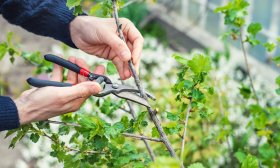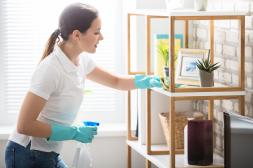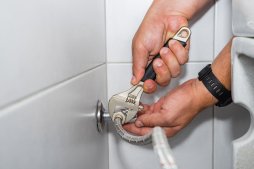Top 5 Reasons Your Basil Keeps Dying and How to Fix Them

Basil is a beloved herb for many gardeners and home cooks, but it can be frustrating when your basil plant keeps dying despite your efforts. Understanding the common causes of basil plant problems can help you keep this fragrant herb thriving. In this article, we’ll explore the top five reasons why your basil might be struggling and provide practical solutions to help you grow healthy, vibrant basil.
Overwatering or Poor Drainage
Basil plants are sensitive to waterlogged soil, which can lead to root rot and ultimately cause the plant to die. Overwatering or planting basil in pots without proper drainage holes can trap excess moisture around the roots. To fix this, water your basil only when the top inch of soil feels dry and ensure that your pot has adequate drainage holes. Using well-draining soil also helps prevent water from pooling at the bottom.
Insufficient Light
Basil thrives in bright sunlight—ideally 6-8 hours of direct light daily. Without enough light, basil becomes leggy, weak, and more susceptible to disease. If your basil keeps dying indoors, try moving it closer to a sunny window or using a grow light during darker months. Outdoors, select a spot that receives plenty of sun throughout the day.
Temperature Stress
Basil is a warm-weather herb that prefers temperatures between 70-85°F (21-29°C). Exposure to cold drafts or temperatures below 50°F (10°C) can shock or kill the plant quickly. Avoid placing basil near air conditioners or open windows during chilly weather and bring outdoor plants inside if frost is expected.
Nutrient Deficiency
A lack of essential nutrients like nitrogen and magnesium can stunt growth and cause yellowing leaves on your basil plant. Feeding your basil with a balanced liquid fertilizer every few weeks during growing season encourages lush foliage development. Avoid over-fertilizing as excessive nutrients may harm the plant.
Pests and Diseases
Common pests such as aphids, spider mites, and whiteflies can weaken your basil by sucking sap from leaves while fungal diseases like downy mildew cause leaf spots and decay. Regularly inspect your plants for signs of infestation or disease and treat with natural remedies like neem oil or insecticidal soap promptly to protect your herb’s health.
By paying attention to watering habits, lighting conditions, temperature stability, nutrient supply, and pest control measures you can significantly improve the chances of growing healthy basil plants that thrive in any setting. With these tips in mind, say goodbye to struggling herbs and hello to flourishing fresh-basil harvests all year round.
This text was generated using a large language model, and select text has been reviewed and moderated for purposes such as readability.











